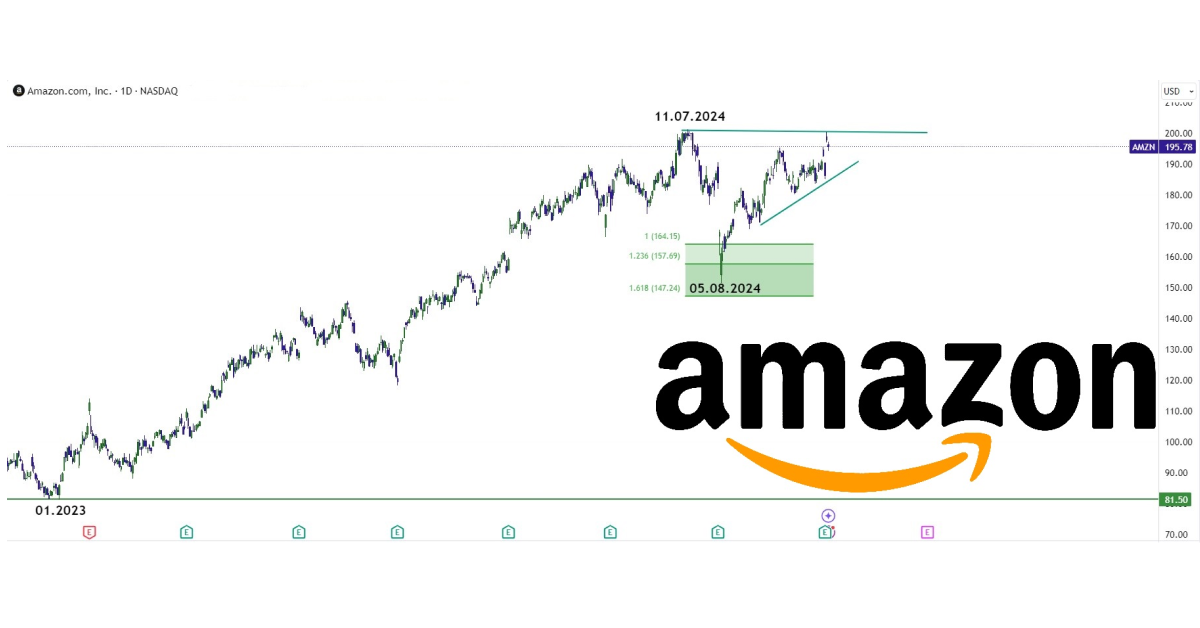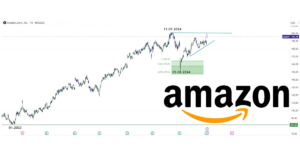The Fed’s minutes show unanimous support for a rate hike of 0.25%.
The Fed’s meeting minutes showed that all participants agreed on further rate hikes needed to achieve the FOMC’s mission and inflation targets. The meeting minutes issued yesterday, February 22, indicated that almost all participants agreed it was appropriate to raise interest rates by 25 basis points. However, a few participants supported an interest rate increase of 0.5%, as they believed that a larger increase would be faster in reducing inflation towards the target.
The Fed had raised rates by 25 basis points in the previous meeting, towards a level between 4.5% and 4.75%. The Fed stated that although inflation has slowed somewhat, it is still rising and much higher than the target. The meeting also indicated that the labor market is still very tight, which contributes to the continuation of upward pressure on wages and prices.
While some Fed officials expressed high uncertainty about the outlook for the economy, labor market, and inflation, they see risks to the lookout for the economy tilted to the downside.
The Fed’s minutes fail to calm US stocks.
The performance of US indices varied at the close of Wednesday’s session, with the Dow Jones and S&P 500 indices falling against a slight increase in the Nasdaq Composite Index. However, the Federal Reserve meeting minutes did not show many surprises.
The statement issued yesterday showed that almost all Federal Reserve officials agreed to slow the pace of increases. At the same time, it was stressed that the risks of high inflation would remain the main factor in shaping monetary policy and that more interest rate hikes would be necessary to control them.
The S&P 500 index declined by 0.16% in Wednesday’s session, recording the fourth consecutive daily decline and the most extended series of daily slides in over two months. Most of the 11 main sectors of the S&P 500 index, led by energy and real estate, declined by 0.8% and 1%, respectively.
The Dow Jones index fell by 0.26%, its lowest level in a month, but consolidated above 33,000 points at the close.
After three consecutive sessions of decline, the Nasdaq Composite Index rose by 0.1% in Wednesday’s session to close above 11,500 points. Among the 12 main sectors in the Nasdaq Composite Index, energy, consumption, and government activities, rose by 0.5%, 0.7%, and 7%, respectively.
Gold rose as the dollar fell, but interest rate expectations limited gains.
Gold prices rose Thursday, February 23, supported by a slight decline in the dollar. However, the prospects for interest rates in the United States to remain high for a longer period limited the gains of the yellow metal.
Gold rose 0.3% to 1830.90 dollars an ounce in spot transactions, and US gold futures fell 0.1% to 1839.60 dollars an ounce. Higher interest rates make gold less attractive as a hedge against inflation, increasing the opportunity cost for holders of the non-yielding metal.
A raft of data released in the past few weeks has shown the strength of the US economy, adding to concerns that the Federal Reserve will remain on its tightening path. Investors are currently focused on US consumer personal spending data, which will be released on Friday.
The dollar index fell 0.2%, making gold cheaper for holders of other currencies, and US Treasury yields fell for ten years from their highest level yesterday, Wednesday, in three months. As for other precious metals, silver rose in spot transactions by 0.5% to $21.61 an ounce. Platinum jumped 0.5% to $953.13, and palladium fell 0.6% to $1,472.72.
European stocks open higher, supported by chipmakers.
European stocks opened higher on Thursday, February 23, as chipmakers rose on expectations of increased sales from US semiconductor company NVIDIA.
Shares of ASM International, BE Semiconductor, and Extron rose between 1.6 and 3.2%, boosting the European technology sector by 0.9%.
NVIDIA expected first-quarter revenue higher than Wall Street estimates on Wednesday, citing strong demand for its chips in artificial intelligence services.
The European STOXX 600 index rose 0.1% after falling for two consecutive sessions due to fears that central banks will raise interest rates for a more extended period.
Oil prices rise, ending six days of losses.
Oil prices rose slightly in weak Asian trade Thursday, February 23, ending a 6-day losing streak fueled by growing concerns that higher interest rates by central banks could squeeze economic growth and boost fuel demand. Brent crude futures rose to $80.62 a barrel, and US crude rose 9 cents, or 0.1%, to $74.04 a barrel.
The statement of the latest meeting of the Federal Reserve revealed that the majority of bank officials agreed that the risks of high inflation are still an essential factor in formulating monetary policy, which justifies the continuation of raising interest rates until it is controlled.
Oil prices are under pressure due to indications of an increase in crude inventories. Market sources cited data from the American Petroleum Institute on Wednesday that fuel stocks increased by 9.9 million barrels last week.
Disclaimer: This article is not investment advice or an investment recommendation and should not be considered as such. The information above is not an invitation to trade and it does not guarantee or predict future performance. The investor is solely responsible for the risk of their decisions. The analysis and commentary presented do not include any consideration of your personal investment objectives, financial circumstances, or needs.



